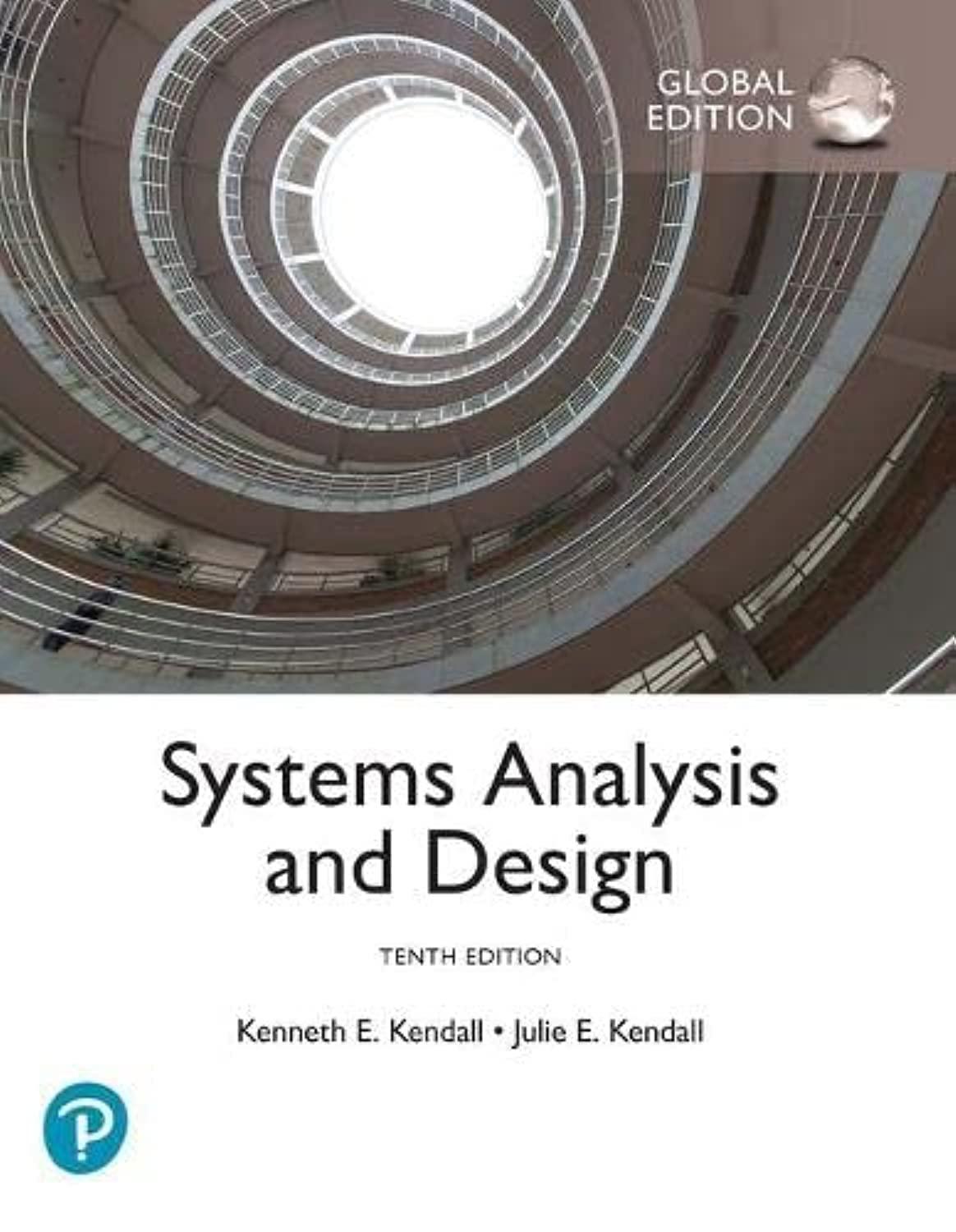James, the operations manager at a manufacturing firm, is involved in forecasting exercises as part of his
Question:
James, the operations manager at a manufacturing firm, is involved in forecasting exercises as part of his job. In one such recent exercise, he found an exponential increase in demand forecasts. To meet the increase in demands for the next two years, he pondered over a few options available to him. One was to upgrade the firm’s manufacturing facility with new technology to introduce advancements in design and production. He estimated that one such facility could be set up at a cost of $5 billion, and he would need at least three such facilities. The second option is to expand the existing capacity by installing at least five more production plants at a cost of $2 billion each. The third option is to outsource the production to a third party, which would amount to approximately $25 million. However, James also calculated the difference in revenue estimated for each option, taking into account differences in demand estimates. He categorized demand estimates so that those resembling the forecast are labeled “high” and those resembling past estimates are labeled “moderate.” For less than these two levels, he estimated no need for change in the current production cycle. For the first option, if the demand is high, the revenue is $30 billion; if it is moderate, the revenue is $25 billion. For the second option, if the demand is high, the revenue is $7 billion per plant; if moderate, $2 billion. Finally, for the third option, high demand would fetch $30 million in revenue while moderate demand would fetch $20 million.
Develop an optimized decision table that clearly lists each available option for the manufacturing firm to meet changes in demand.
Step by Step Answer:

Systems Analysis And Design
ISBN: 9781292281452
10th Global Edition
Authors: Kenneth Kendall, Jullie E. Kendall





